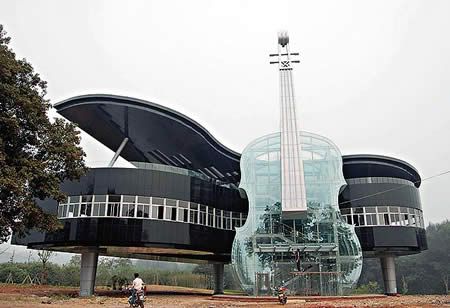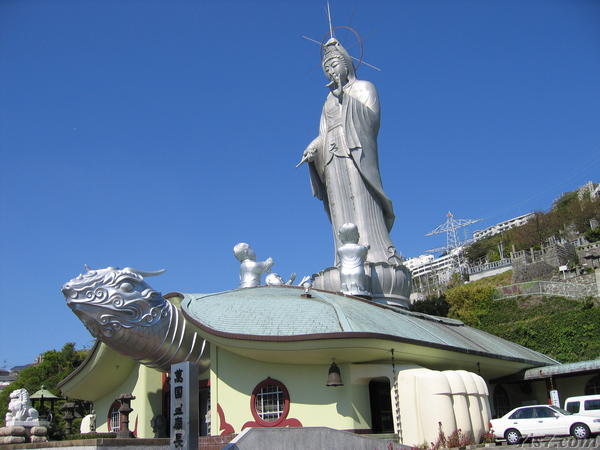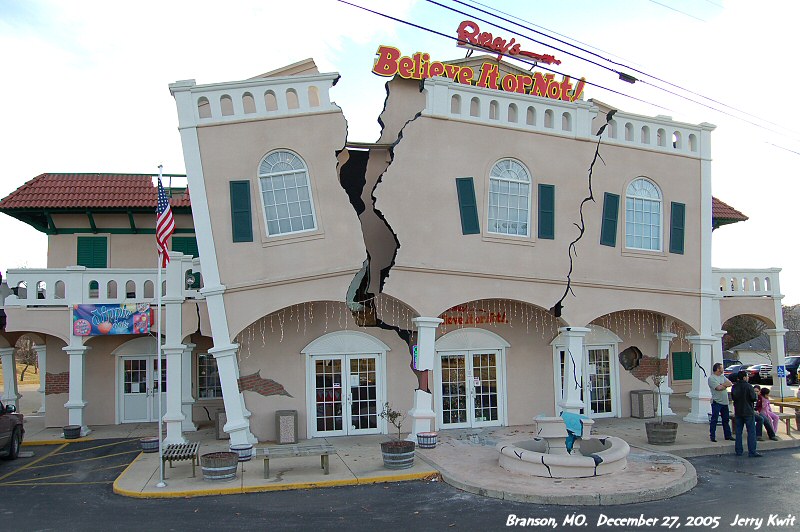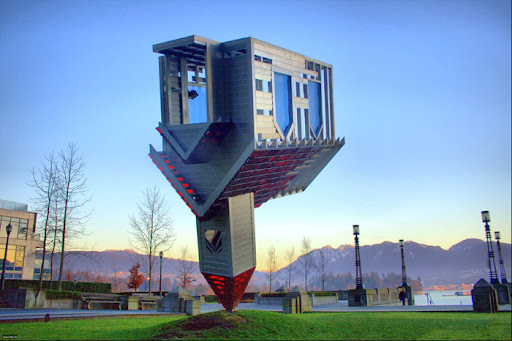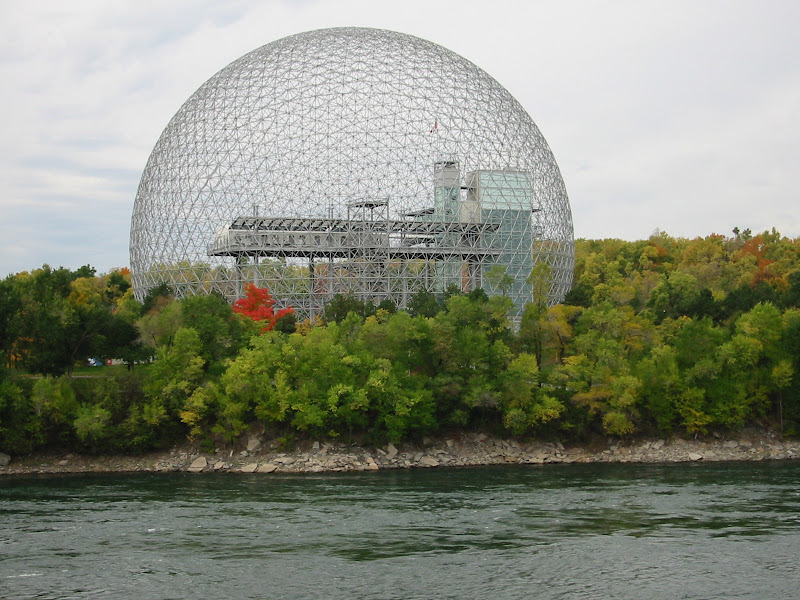|
|
|---|
Puzzling World Lake Wanaka (Otago, New Zealand)
 Puzzling World Lake Wanaka (Otago, New Zealand)
Puzzling World Lake Wanaka (Otago, New Zealand)Stuart Landsborough’s Puzzling World is a tourist attraction near Wanaka, New Zealand. It started out as just a maze in 1973, but over the years expanded to accommodate a “puzzling café” where guests could try out several puzzles, rooms with optical illusions, the and other things.
One of the biggest attractions is the leaning tower. The Leaning Tower of Wanaka is, as the name implies, a tower that is seemingly impossibly balanced on one corner, making the whole structure lean at an angle of 53 degrees to the ground. Exactly how this is achieved is yet to be unveiled, but it can be assumed that some kind of counterbalance or anchoring device has been used.
Ontario College of Art and Design, Toronto(Canada)
 Ontario College of Art and Design, Toronto(Canada)
Ontario College of Art and Design, Toronto(Canada)Royal Ontario Museum redesign and Frank Gehry’s absolutely stunning (stunning!) Art Gallery of Ontario redux. Before all that came an addition to the Ontario College of Art and Design (OCAD). Will Alsop’s towering structure turned OCAD into one of the most unique buldings in the world. A cow-evoking black and white box sits four-stories above the ground, set on a number of different colour pillars. At night, the box is a similarly colourful and bright. Given the building’s use, it is a fittingly strange and creative look.
Academy of Sciences (California)

 Academy of Sciences (California)
Academy of Sciences (California)Late period architecture has broadly fallen into two distinct categories: buildings that slide seamlessly into the already existing landscape and those that stand out entirely from it. Renzo Piano’s California Academy of Sciences redesign falls into the latter. With a verdant roof, replete with its own foliage, the Golden Gate Park building hides out like a ninja, though skylights and copious large windows on the exposed façade give it light.
Guggenheim, Bilbao(Spain)
 Guggenheim, Bilbao (Spain)
Guggenheim, Bilbao (Spain)Frank Gehry’s world-renowned museum along the Nervion River is a deconstructionist marvel that employs a random collection of lines and metal to create a shockingly cohesive yet no-less sumptuous feast. It toys with perception relentlessly. Viewable from infinite angles and in countless lights, it never, ever looks the same. Strange and malleable it holds a unique place as one of the world’s most original, recognizable, and bizarre buildings.
Labels:
Bilbao(Spain),
Guggenheim
Subscribe to:
Comments (Atom)
